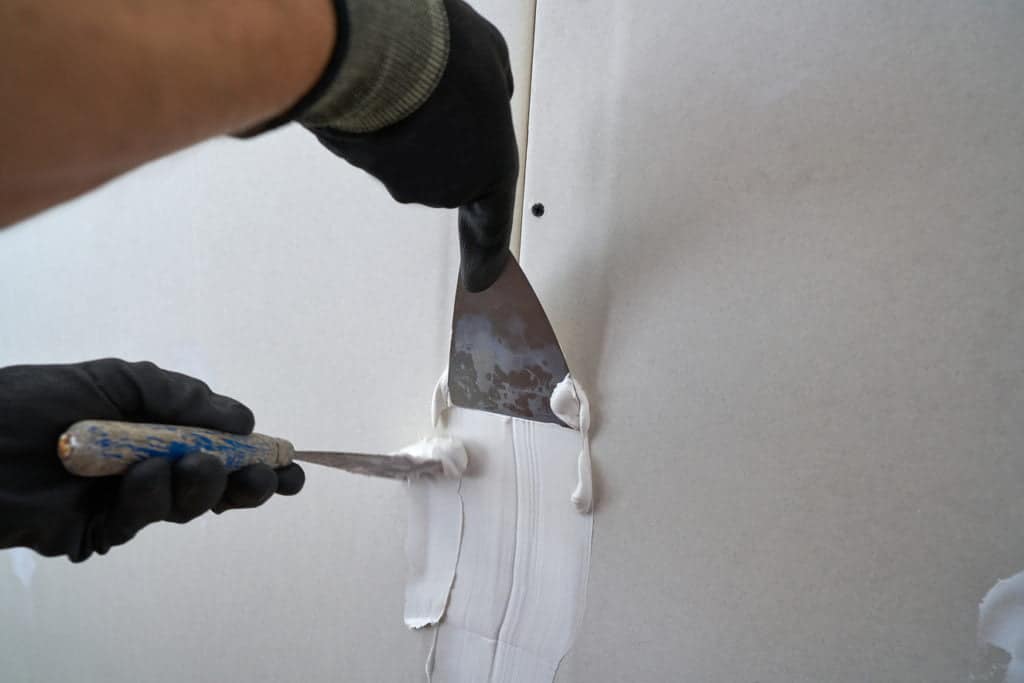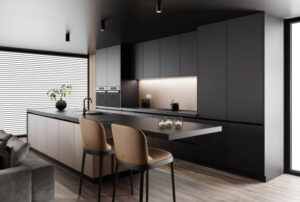It is important to adhere to some basic rules when it comes to GIB-stopping plasterboard to achieve a more attractive and durable finish. This guide will assist you in understanding the four simple laws of GIB plasterboard stopping so that you can find a professional GIB installer. Ask questions before you hire them about their techniques and services. This guide will help you to identify any bad practices.
1. Install GIBs to stop light from falling across plasterboard joints.
GIB Plasterboard should not be installed so that light can fall directly on the joint.
The sheets are usually fixed so that they run parallel to the direction of the light source. This usually means mounting the GIB vertically on the wall. Sometimes light can fall vertically, such as when in smaller rooms or skylights.
2. Reducing the use of butts and cut joints.
Butt joins are formed when two ends that do not taper meet. Experts recommend that to reduce the formation of Butt Joins, you should order GIBs that fit easily to the wall or ceiling. Also, use the largest practical sheet size. The sheet framing members have written instructions on the sheet layout. If you’re confused by the sheet structure, don’t fret. Contact your plasterboard supplier, and he will choose the ideal layout according to the sheet layout.
In some cases, it is possible to avoid butt joints by placing the GIB above windows or doors. The condition must adhere to GIB Fixer Laws 3 and 4. Make sure the butt joints in the ceilings have been staggered to make them less visible.
3. Keep the joints away from areas prone to movement.
It is more common for defects to occur in places that have a high number of moments. GIB Fixers must avoid installing joints in these areas. These are some of the areas most prone to moving:
- Experts recommend keeping the joinery at least 200mm from the corners and edges of windows and doors to avoid cracking. These areas are more likely to move.
- The intersections between rooms and hallways.
- Mezzanine or stairwells are another area where GIB can cause problems. These areas are characterized by the use of long lengths, which makes it easy to see any defects. A timber contraction will have a large effect due to the long lengths. Junctions between floors are also prone to movement, especially when the building moves or lateral forces take effect. Experienced GIB fixers avoid creating joins at the intersection of two floors.
4. Use back-blocking to join ceilings and stairwells.
Back-blocking involves reinforcing the plasterboard joints in order to minimize cracking and strengthen and stabilize the joins. Black blocking is required by New Zealand GIB standards for ceilings with three or more joins. Back-blocking should be used on all stairway ceilings and walls with at least two horizontal joins. The reason is that when the wood expands and contracts, it reduces the chance of peaking.
Some GIB fixers prefer standard-setting compounds or contact adhesive. This technique is rarely used, despite being highly recommended by plasterboard manufacturers and GIB Fixers. Cove bond is a highly-adhesive plaster-based compound that they use to install the back blocks. The Cove bond’s rigidity and strength help to keep the pressure away from the joint, preventing cracking.



